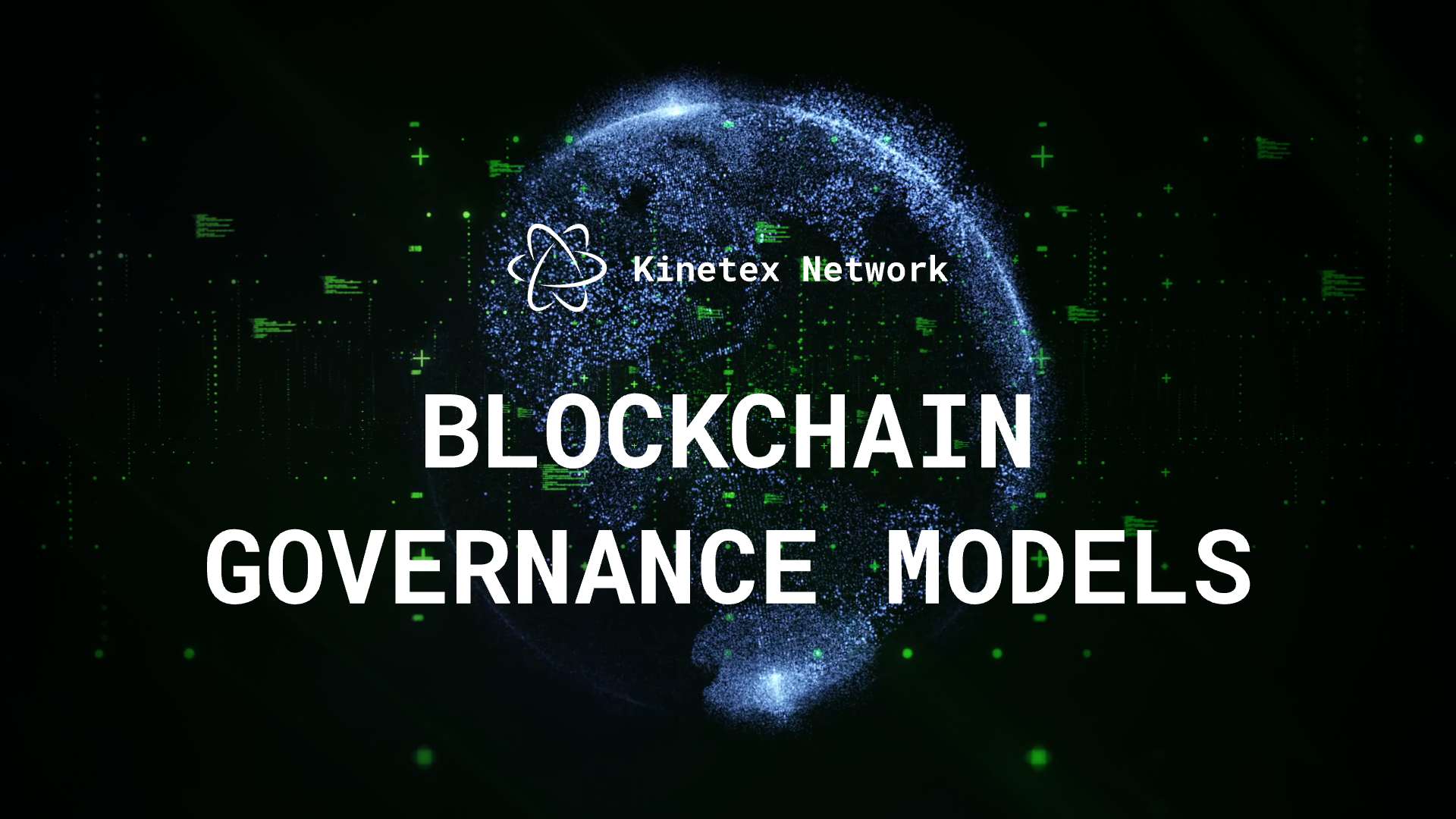Dubai, UAE, 11th July 2024, Blockchain technology, celebrated for its decentralized nature, still relies on governance systems to reach decisions regarding protocol developments, regulations, and other possible management questions. The effectiveness of governance models can substantially impact the network’s performance, safety, and capacity to progress. Let’s explore this in more detail.

Standard Governance Types
There are three governance types: on-chain, off-chain, and hybrid. The former includes making decisions directly on the blockchain, enabling token holders to vote on proposals. This model offers transparency and efficiency as its primary benefits. Each decision is securely documented on the blockchain, establishing a transparent and readily available record of the governance-related community actions. Additionally, proposals are automated, simplifying the process and conserving the time and resources required to enforce alterations.
Despite its advantages, this type also presents some downsides, the most significant of which is possible low levels of participation, which can compromise the fairness and efficiency of governance. Moreover, it can lead to centralization issues, harming the blockchain’s core idea of decentralization.
The second model for blockchain governance is off-chain. As may be apparent from its name, this governance model is based on discussions and voting that take place outside the blockchain (on forums, social media, specifically created platforms, or even offline). First, stakeholders partake in informal discussions to debate and agree on submitted changes. The approved modifications are then implemented by developers and miners or validators.
This model offers several noticeable benefits, including enhanced flexibility and inclusivity. Off-chain governance provides the advantage of more refined and adaptable decision-making processes, allowing for a diverse range of stances and opinions. Additionally, it facilitates broader community involvement, hopefully resulting in more comprehensive and representative decision-making.
Still, this model is not perfect. The informality of off-chain governance may lead to lengthy discussion and vote periods due to the absence of established formal procedures and guidelines. Moreover, coordinating off-chain efforts can be difficult, as consensus-building efforts may result in prolonged disputes and even hard forks if a resolution is not achieved timely.
Finally, a hybrid governance model combines elements from previous systems to make use of their advantages. For example, initial decisions can be made through off-chain discussions and then moved to on-chain voting, or vice versa. This adaptable approach enables hybrid models to find a balance between flexibility and inclusion. Consequently, it guarantees that decision-making procedures are clear while also embracing a variety of perspectives and contributions. Furthermore, implementing hybrid governance can aid in decreasing centralization by engaging a much wider array of supporters and voters.
The challenges linked with hybrid governance should also be evaluated. Supervising a hybrid model can prove to be more intricate than conventional governance setups, as it involves the coordination of on-chain and off-chain mechanisms. Furthermore, it can be demanding not only in terms of resources but also time, significantly prolonging decisions in some instances.
Present Challenges
One of the central challenges that blockchain contributors face is achieving the appropriate balance between decentralization and decision-making efficiency. Highly decentralized models often encounter challenges in reaching consensus swiftly, whereas more strict models can be effective but may compromise on decentralization to some extent.
Secondly, guaranteeing equal representation of all parties involved, such as developers, miners, validators, and users, is necessary for protecting both inclusivity and decentralization of blockchains. Additionally, the governance framework should incorporate procedures for settling conflicts and differences of opinion since the more people are involved in governing, the more arguments there can arise.
Thirdly, the expansion of blockchain networks requires governance models to expand as well to handle the larger numbers of voters and more elaborate decision-making methods.
The last prominent challenge is safeguarding transparency and boosting user confidence and loyalty. Even with the off-chain model, documenting decisions and their reasoning on accessible platforms can improve the accountability of both management and governing processes.
Final Words
Governance is vital to the long-term success and resilience of blockchains. Without it, even the most promising projects can lose their potential and fade into oblivion. The more mature and multifaceted the crypto industry becomes, the more firm yet flexible governance will have to be to ensure the robustness, security, and adaptability of the projects within.
Kinetex Network: Website | Kinetex dApp | Blog